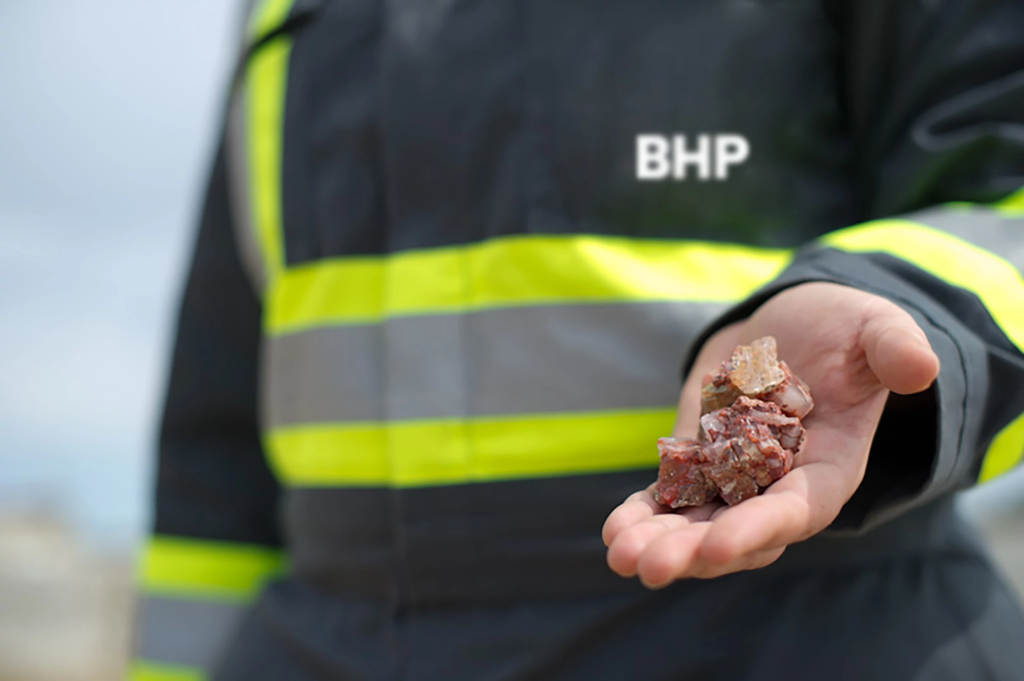BHP turns toward ‘future facing’ commodities with Jansen potash approval; sale of oil & gas division


In a long awaited decision, BHP (NYSE: BHP; LSE: BHP; ASX: BHP) has approved US$5.7 billion in spending on its Jansen potash project in Saskatchewan – an important project for diversification of the mining giant's assets, which are dominated by iron ore and copper.
“This is an important milestone for BHP and an investment in a new commodity that we believe will create value for shareholders for generations,” said BHP CEO Mike Henry, in a release.
Stressing its focus on 'future facing' commodities needed for global economic growth and decarbonization, the company also announced a deal to sell its oil and gas unit, and noted its recent offer for Canada's Noront Resources (TSXV: NOT) for its nickel assets in Ontario's Ring of Fire.
The investment at Jansen will see BHP produce around 4.4 million tonnes of potash per year in a first phase of development (Jansen S1). Initial production at the long-life underground mine is expected in 2027, following a construction period of six years. Rampup of the operation is expected to take another two years.
At consensus forecast potash prices, the company expects the go-forward investment to yield a 12-14% post-tax rate of return across a 100-year mine life, with payback achieved in seven years.
However, since 2008, BHP has already spent US$4.5 billion at Jansen, including US$3 billion to build two shafts and related infrastructure that are expected to be completed next year. If that investment were also considered, the project's rate of return would be much lower. The company had previously considered selling part or all of the project.
In addition to the underground mine, the Jansen development will involve construction of a processing facility, a product storage building, and a continuous automated rail loading system, as well as port infrastructure required to ship potash through Westshore, in Delta, B.C.
While the potash market currently has excess production capacity, in a release, the company said that it expects demand growth to “progressively absorb” that capacity. It sees “opportunity for new supply” late this decade or early in the 2030s – in line with Jansen's development schedule.
The company says potash prices beyond this decade will be influenced by Canada's greenfield solution potash mines, which have higher operating costs and sustaining capital requirements than conventional mines such as Jansen.
Potash prices have surged this year on strong demand, coupled with sanctions against major potash producer Belarus.
At the same time BHP is investing in the nutrients business, it is looking to sell its oil and gas division, confirming that it will sell the division to Woodside Petroleum (ASX: WPL) in exchange for shares it will distribute to its shareholders. BHP shareholders will hold 48% of the resulting energy company.
The company also announced it is planning to simplify its corporate structure, unifying its two primary listings in Australia (BHP Ltd.) and the U.K. (BHP Plc), under a primary listing on the Australian Stock Exchange.
Comments